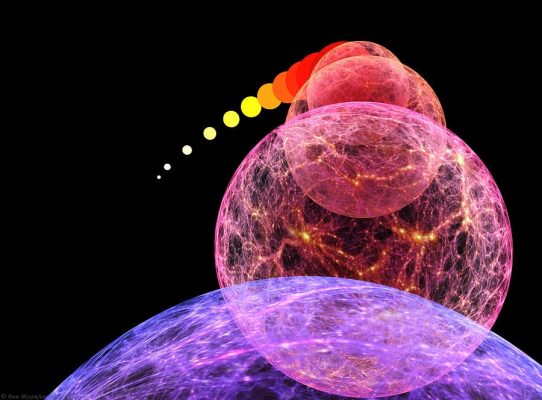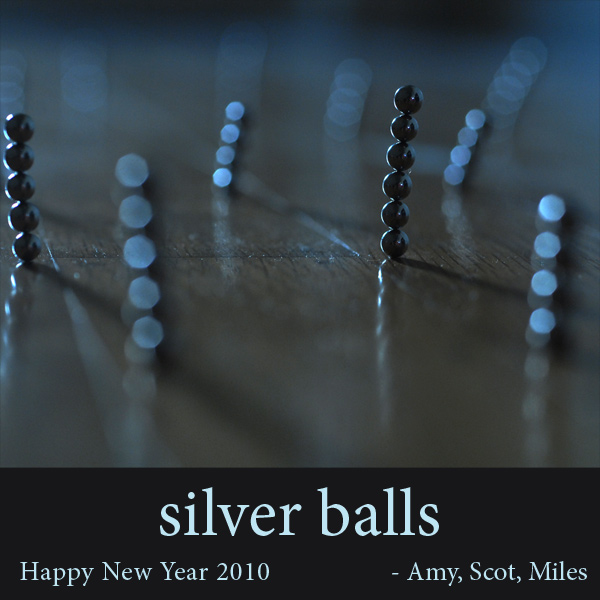This three-minute speech – Carl Sagan’s “Pale Blue Dot” – was the finale to the original Cosmos series, and stands in my mind as one of the most moving short speeches I’ve ever heard. Voyager 2’s last glimpse back at the earth as it became the first human craft to exit our solar system provided the backdrop and the inspiration for Sagan’s soliloquy. Seeing it in 1980 marked a dawning of cosmic awareness for me as a young teen.
https://www.youtube.com/watch?v=p86BPM1GV8M
Tonight we watched the finale of Neil de Grasse Tyson’s “Cosmos” reboot. Tastefully, the series finished with Sagan’s original Pale Blue Dot audio, set to new (and far more gorgeous) visuals.
Every week for 13 weeks we’ve gotten together with another family and hung on every word, absorbed as much as we could, and tried to help our children appreciate as much as possible of these incredible perspectives on life, the universe and everything.
It is impossible to summarize the hugeness of the undertaking in producing the new Cosmos, or of the impact it has had on us. It has truly been the TV event of the decade for us, and I hope the seeds it has planted will continue to grow in Miles’ heart for the rest of his life.


